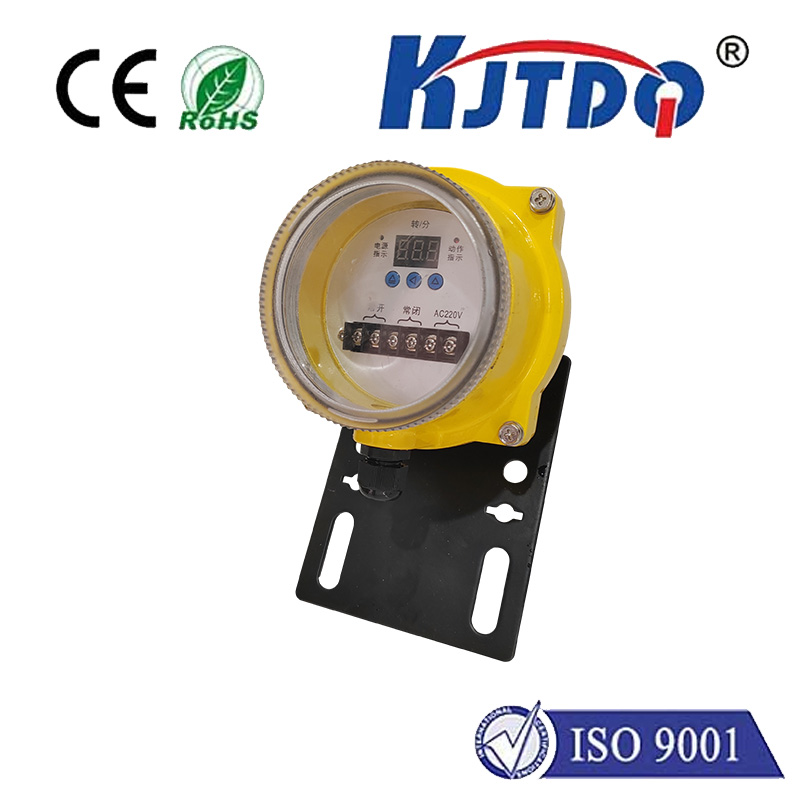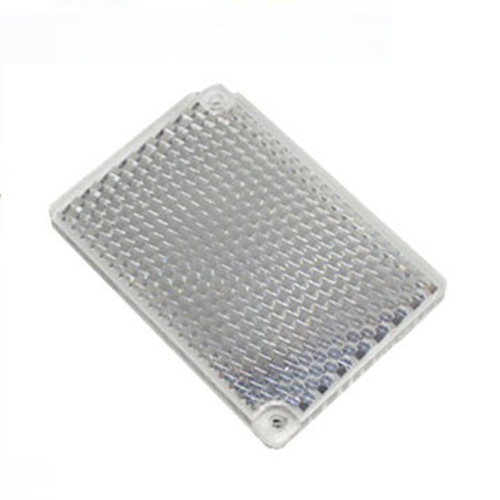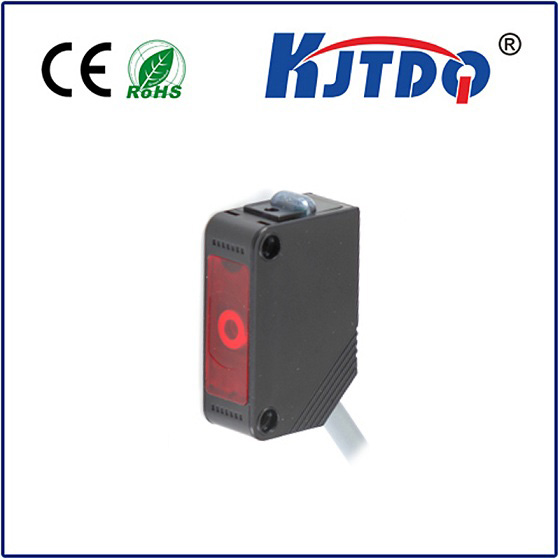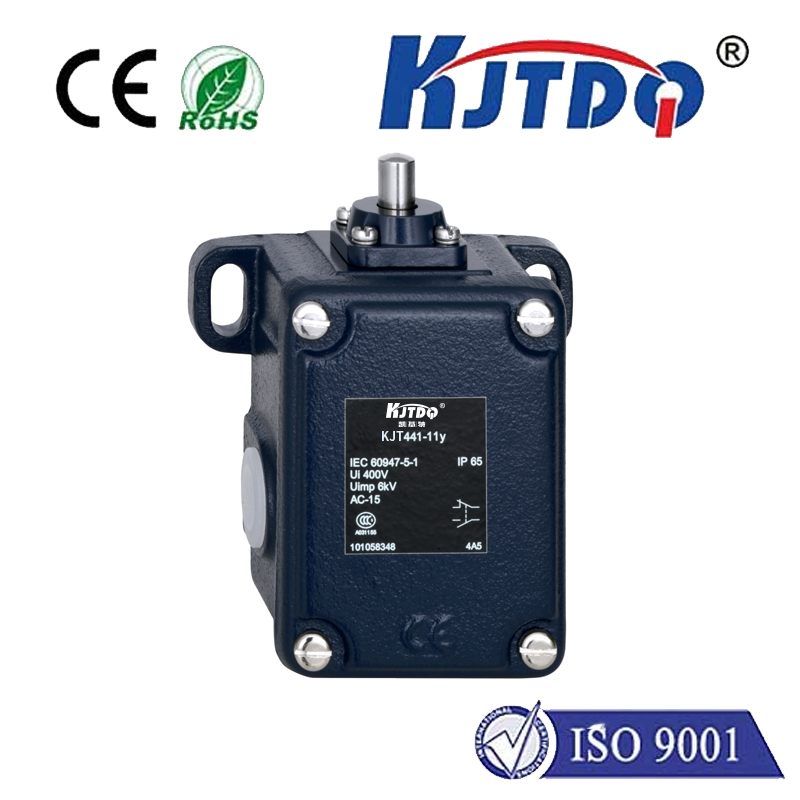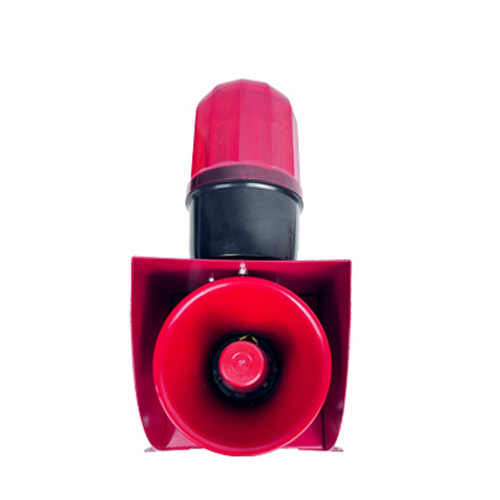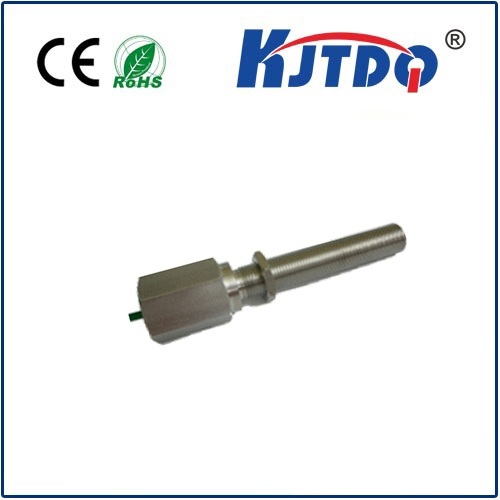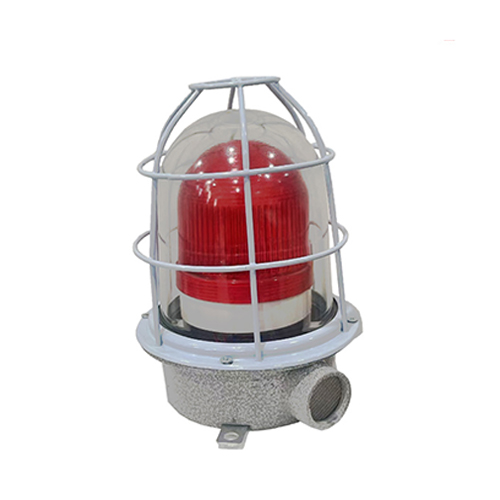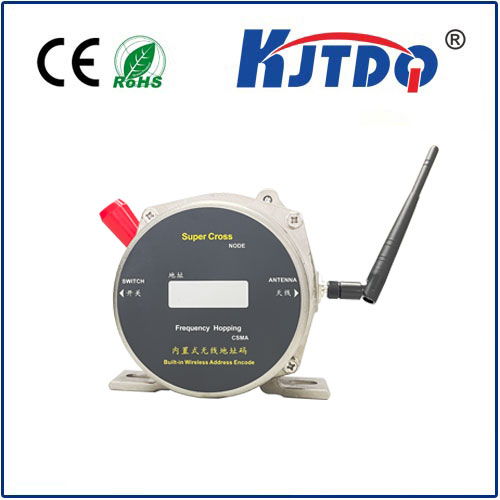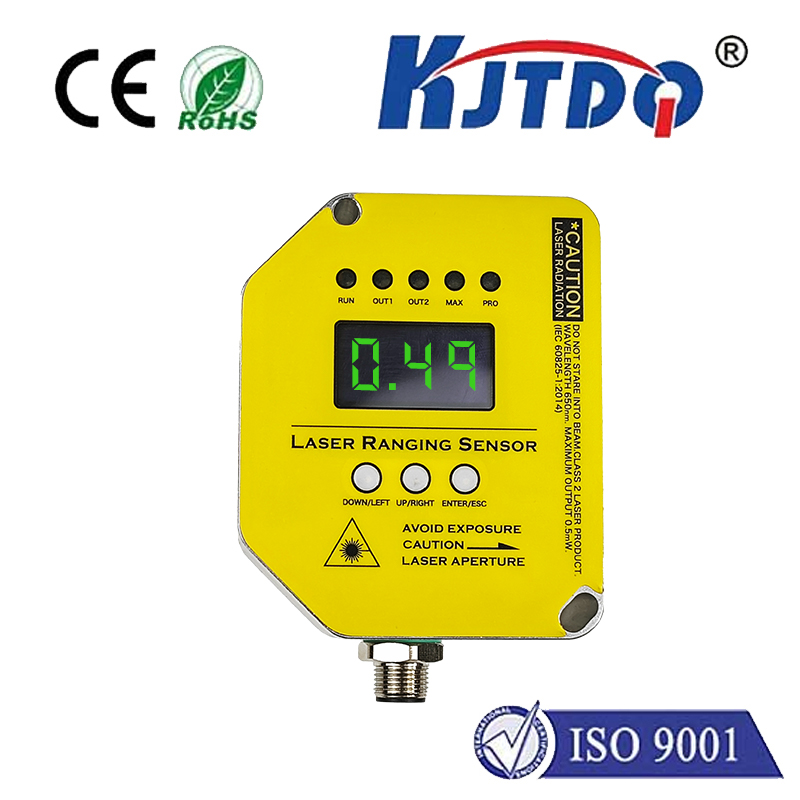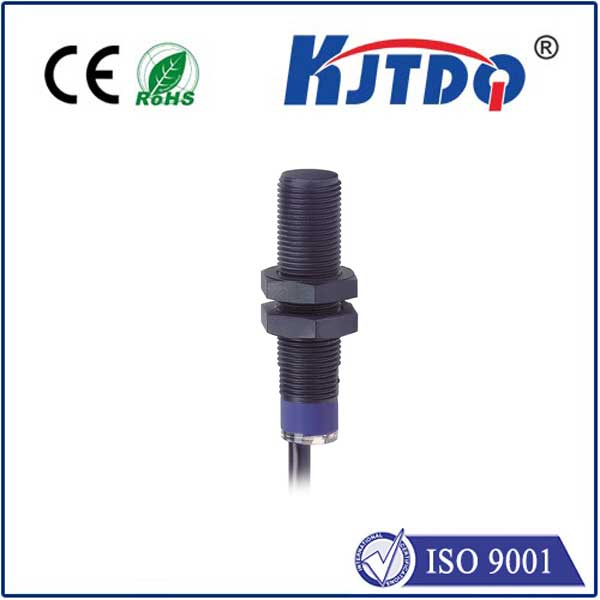ограничительный выключатель воздушного компрессора
- time:2025-07-30 16:32:47
- Нажмите:0
The Unsung Guardian: How Air Compressor Limit Switches Protect Your System
We often focus on the roar of the motor or the satisfying hiss of compressed air, but silently working behind the scenes, a small yet critical component ensures your air compressor operates safely, efficiently, and lives a long life: the air compressor limit switch.
Think of it as the vigilant sentry of your compressed air system. Its primary mission is to constantly monitor pressure and act decisively when predetermined thresholds are reached. Without this essential device, the risk of over-pressurization, catastrophic equipment failure, wasted energy, and potential safety hazards skyrockets. Understanding its function is key to reliable compressor operation.
What Does an Air Compressor Limit Switch Actually Do?
At its core, the air compressor limit switch (often used interchangeably with “pressure switch” in this context, though technically a specific type) is an electro-mechanical control device. It performs two fundamental and vital functions:
- Automatic Shut-Off (Cut-Out): This is its most critical safety role. As the compressor runs, air pressure builds within the storage tank. The limit switch continuously measures this pressure. When the pressure reaches the preset maximum safe operating limit (the “cut-out” pressure), the switch automatically cuts electrical power to the compressor motor, stopping further air production. This prevents the dangerous scenario of the tank pressure exceeding its design limits, which could lead to explosions or severe damage.
- Automatic Start-Up (Cut-In): Once the compressor stops, air is naturally consumed from the tank for tools or processes. As this usage lowers the tank pressure, it eventually reaches a preset minimum operating pressure (the “cut-in” pressure). At this point, the limit switch reconnects power to the motor, prompting the compressor to restart and begin refilling the tank. This cycle repeats automatically, maintaining pressure within the desired operating band.
Why This Simple Switch is Absolutely Vital

The importance of a properly functioning air compressor limit switch cannot be overstated:
- Over-Pressure Prevention: This is paramount for safety. Tanks and components are rated for specific pressures. Exceeding these ratings poses severe explosion risks.
- Equipment Protection: By preventing over-pressurization, the switch shields the tank, valves, piping, seals, and the motor itself from excessive stress and potential catastrophic failure. Repeatedly running beyond limits drastically shortens the compressor’s lifespan.
- Энергоэффективность: The switch ensures the compressor only runs when necessary – when tank pressure drops below the cut-in level. Without it, the motor might run continuously, wasting significant electricity even when demand is low.
- Optimal System Performance: Maintaining pressure within the designed range ensures consistent, reliable air delivery to your tools and machinery. Fluctuating pressures can affect tool performance and product quality.
- Reduced Wear and Tear: Cyclical on/off operation guided by the switch is far less taxing on the motor and pump than constant running or erratic cycling caused by a faulty switch.
The Mechanics Behind the Magic
So how does this small device achieve such critical control?
- Pressure Sensing: Air pressure from the tank is directed via a small tube to a sensing element inside the switch. This is typically a diaphragm or a bellows.
- Mechanical Movement: As pressure increases, it forces the diaphragm or bellows to expand. Conversely, as pressure decreases, it contracts. This physical movement is mechanically linked to…
- Electrical Contact Action: The movement of the diaphragm/bellows actuates a set of electrical contacts inside the switch housing. At the cut-out pressure, this movement opens the contacts, breaking the circuit to the motor. At the cut-in pressure, the movement closes the contacts, completing the circuit and restarting the motor.
- Adjustability (Often): Many limit switches feature adjustment screws. Turning these screws changes the spring tension acting against the diaphragm/bellows, thereby altering the cut-in and cut-out pressure settings. Always consult your compressor manual and understand pressure limits before making adjustments.
- Safety Valve Backup: Crucially, the limit switch is notВот.only safety device. A mechanical pressure relief valve is always fitted to the tank as a final, failsafe backup. If the limit switch fails, the relief valve will open to vent excess pressure, preventing an explosion, though indicating a serious switch problem.
Types and Considerations
While the basic principle remains the same, variations exist:
- Fixed vs. Adjustable: Some switches come pre-set from the factory (common on smaller compressors), while others offer user-adjustable settings (more common on larger or industrial units). Adjustable switches provide flexibility for different applications but require careful setup.
- Differential: The difference between the cut-in and cut-out pressures is called the “differential” or “pressure range.” A narrower differential means the compressor cycles more frequently to maintain tighter pressure control. A wider differential reduces cycling frequency but allows more pressure fluctuation. Finding the right balance is key.
- Electrical Ratings: Switches must be rated to handle the voltage and, critically, the electrical current (amps) required by the compressor motor. Using an underrated switch can cause it to weld shut or fail dangerously.
Техническое обслуживание и устранение неполадок
While generally robust, limit switches can fail. Signs include:
- Compressor failing to start (contacts not closing)
- Compressor failing to stop (contacts welded shut or diaphragm leak)
- Erratic/unusual cycling behavior
- Air leaking from the switch body (diaphragm rupture)
Regular inspection is recommended. Check for physical damage, listen for air leaks near the switch, and observe cycling behavior. If you suspect a switch failure, shut off and depressurize the compressor immediately. Replace the switch with an OEM or correctly rated equivalent.
Conclusion: A Small Device with Monumental Impact
The air compressor limit switch operates quietly in the background, demanding little attention. Yet, its role as the ultimate pressure guardian is foundational to the entire system’s safety, efficiency, and longevity. Understanding its function, respecting its settings, and ensuring its proper maintenance is not just good practice – it’s essential for protecting your investment, your productivity, and most importantly, your safety. Never underestimate the power of this unsung hero in your compressed air system.

